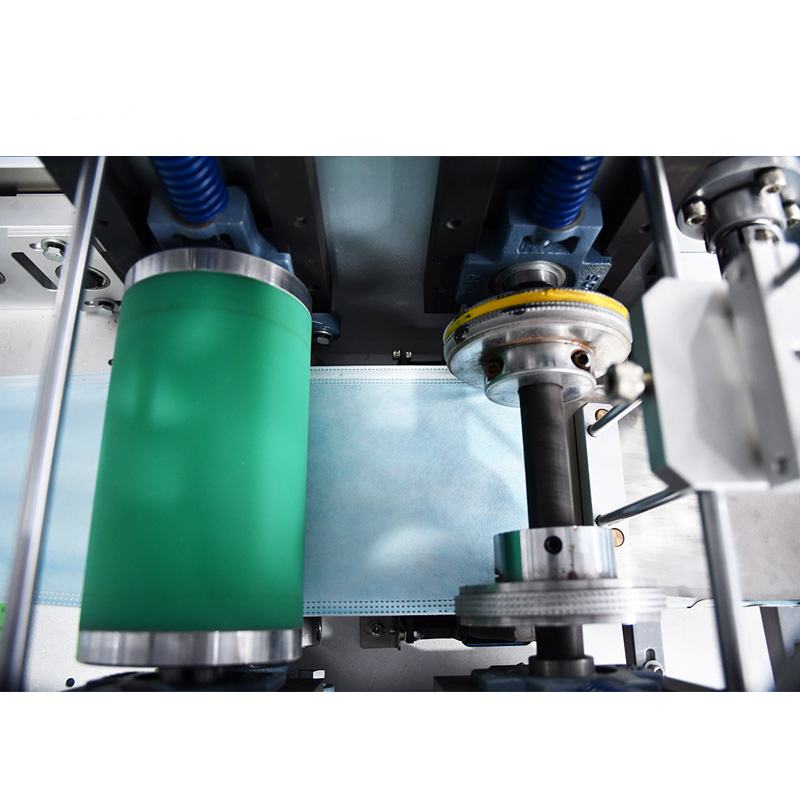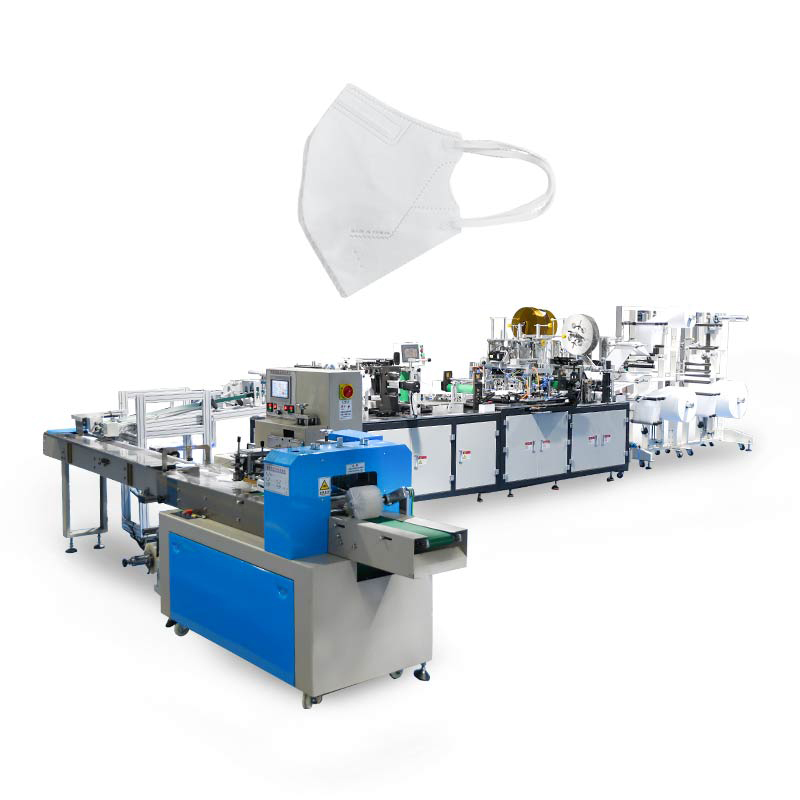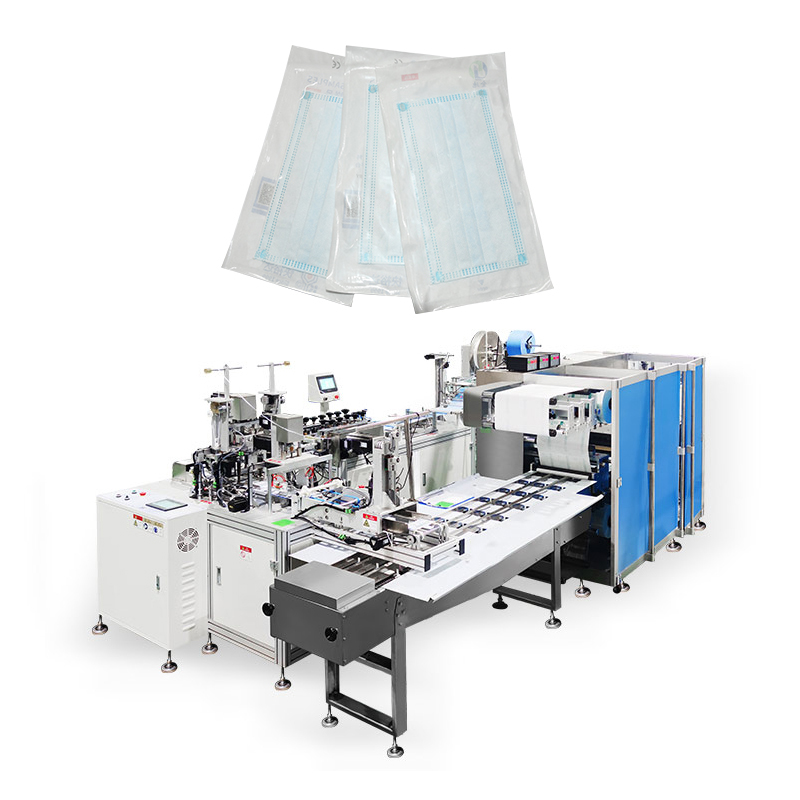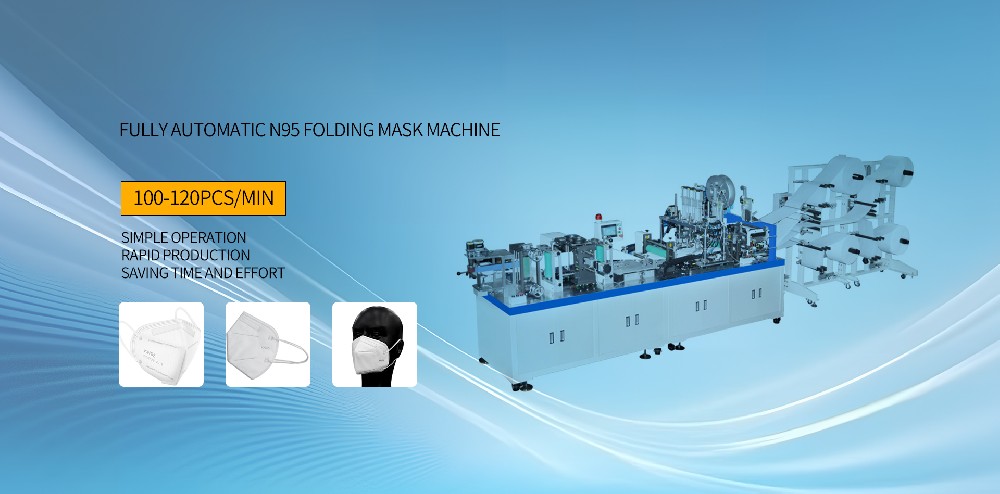Routine maintenance of flat mask machine
Maintaining a flat mask machine is crucial for ensuring its smooth operation and the production of high-quality masks. Here's a routine maintenance guide for a flat mask machine:

Daily Cleaning:
Start each day with a thorough cleaning of the machine. Remove any dust, debris, or leftover materials from the feeding mechanism, cutting blades, conveyor belts, and other components.
Use a soft brush, cloth, or compressed air to clean hard-to-reach areas.
Inspecting Components:
Regularly inspect all machine components for signs of wear and tear. Pay close attention to the cutting blades, rollers, belts, and bearings.
Look for any loose or damaged parts that may need tightening, adjustment, or replacement.
Lubrication:
Lubricate moving parts according to the manufacturer's recommendations. Apply appropriate lubricants to ensure smooth operation and reduce friction.
Check lubrication levels regularly and top up as necessary.
Belt Tension:
Check the tension of belts and chains regularly to ensure proper alignment and functioning.
Adjust the tension if needed to prevent slippage or excessive wear.
Alignment:
Verify the alignment of rollers, guides, and other components. Misaligned parts can lead to uneven cutting or feeding, affecting the quality of the masks.
Make adjustments as necessary to ensure proper alignment.
Electrical Components:
Inspect electrical connections, switches, and sensors for signs of damage or wear.
Tighten loose connections and replace damaged components to prevent electrical issues.
Safety Features:
Check safety features such as emergency stop buttons and sensors to ensure they are functioning correctly.
Test the emergency stop mechanism periodically to ensure it stops the machine immediately in case of an emergency.
Testing:
After performing maintenance tasks, conduct test runs to ensure that the machine operates smoothly and produces masks of the desired quality.
Monitor for any unusual noises, vibrations, or malfunctions during testing and address them promptly.
Documentation:
Keep a maintenance log to record the date, tasks performed, and any observations or issues noted during maintenance.
Document any adjustments made and parts replaced to track the machine's maintenance history and identify recurring problems.
Training:
Ensure that operators are trained in machine operation and maintenance procedures.
Encourage operators to report any issues or abnormalities they encounter during operation for timely resolution.
Regular maintenance of your flat mask machine will not only ensure its longevity but also help maintain consistent product quality and minimize downtime.
-
 What are the debugging methods of flat mask machine?Apr,15,2024
What are the debugging methods of flat mask machine?Apr,15,2024 -
 Market application of fully automatic N95 mask machineJun,11,2024
Market application of fully automatic N95 mask machineJun,11,2024 -
 Mask equipment manufacturing solutions: an innovative force leading the development of the industryMar,29,2024
Mask equipment manufacturing solutions: an innovative force leading the development of the industryMar,29,2024 -
 Fully automatic high-speed folding mask machine manufacturer briefly analyzes the things to pay attention to when choosing a mask machineApr,01,2024
Fully automatic high-speed folding mask machine manufacturer briefly analyzes the things to pay attention to when choosing a mask machineApr,01,2024 -
 How to reduce the failure rate of mask machines?May,17,2024
How to reduce the failure rate of mask machines?May,17,2024







 Links
Links